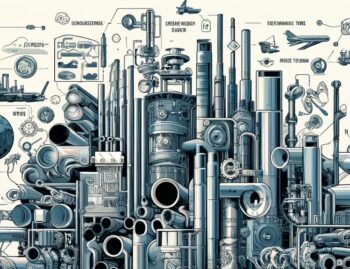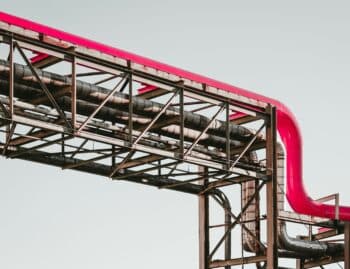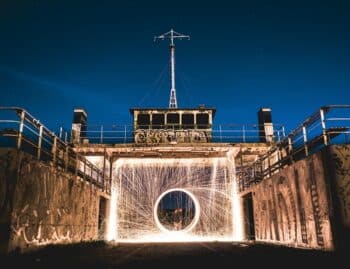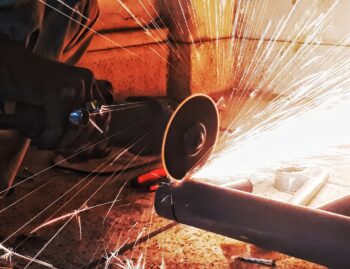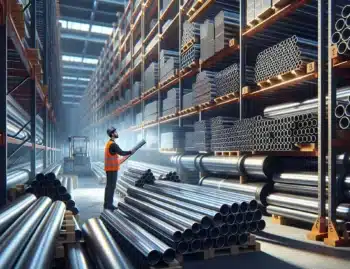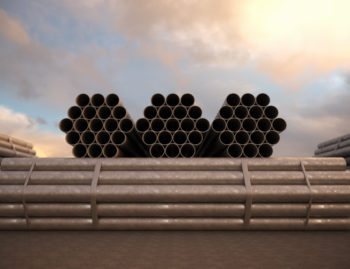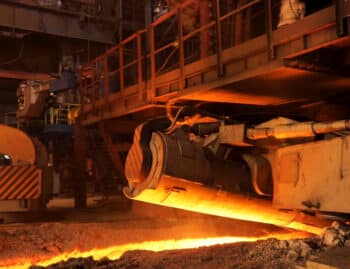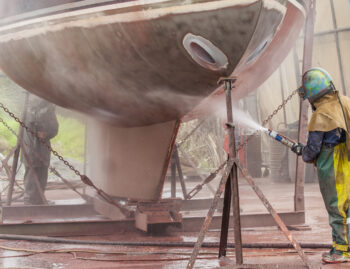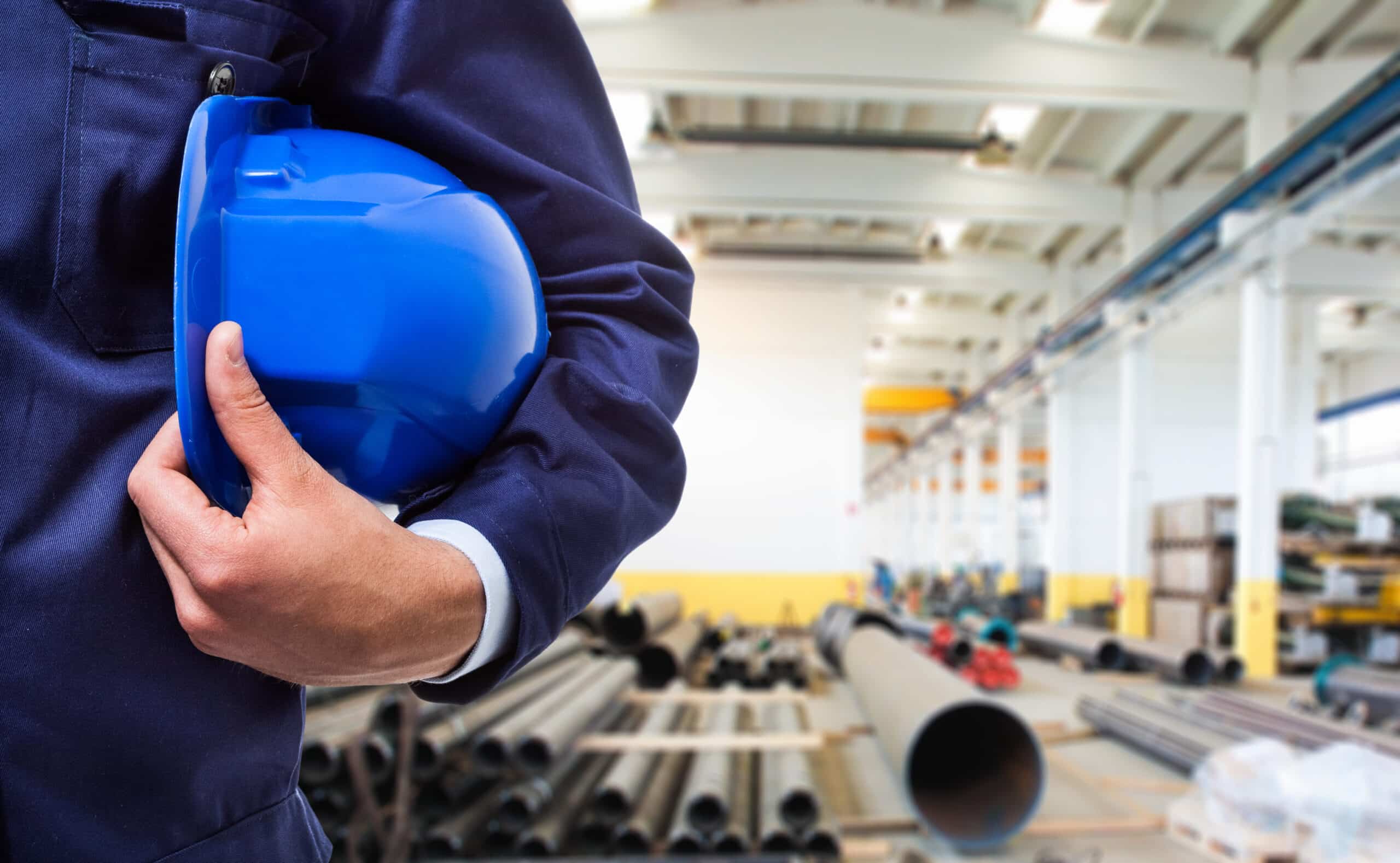
Steel is one of the most highly used metals in the modern world. Sky scrapers, tunnels, and bridges all use massive amounts of steel. Unfortunately, like many large industries, manufacturing creates high amounts of carbon dioxide, which contributes to air pollution and climate change. Luckily, some of the biggest companies have been paying attention to the concerns and even developing ways to decrease and sometimes negate emissions during their manufacturing processes.
The Move to Green Steel Due to Climate Change
New technologies and innovations are desperately needed to reduce emissions and stay on track of the goals stated in The Paris Agreement. This international treaty outlines the targets set by leaders to decrease the impact of climate change.
New methods of creating steel are now under way. Some companies have claimed they may be able to nearly eliminate their emissions using these exciting new techniques, and while they won’t be fully ready until at least a decade from now, the results are encouraging.
The Green Steel Production Process
The underlying reason why steel releases so much carbon is the way it is extracted. The process requires furnaces that heat the metal up to 1000 °C and thereby exudes a large amount of carbon dioxide.
Even when steel is reused and recycled, the manufacturing creates this release of gas. Therefore, a different approach is needed to make steel more environmentally friendly.
Decarbonization and Green Steel Defined
Green steel is the manufacturing of steel without the use of fossil fuels. There is more than one idea that may eventually prove to be the final solution to the problem.
Some companies are trying to decrease their carbon impact by avoiding the use of coal in their furnaces. However, this can never be as impactful as changing the original processes of how iron is extracted from its ore.
Other businesses are attempting to trap excess gasses before they are emitted into the environment, but this solution doesn’t appear to be fully effective.
Around the world, many businesses are developing new processes to reduce emissions from iron ore by using hydrogen gas in the place of fossil fuels. Some experts are even attempting to extract the iron using electricity instead of typical furnaces.
Time will tell which method or methods prove to be the most effective and cost sensitive in the market. However, if the new extraction processes become commonplace, the environmental impact of the steel industry will be greatly reduced.
Implications and Future Applications
Green steel is the likely and hopeful future for the industry. However, there are many obstacles, such as policies, international agreements, and consumer cost.
Policy makers are currently trying to find ways to incentivize companies to use environmentally friendly steel manufacturing processes instead of cheaper options. Ultimately, the change will depend on whether corporations can manage the cost and pricing shift to welcome the more expensive methods of iron extraction.
However, the steel industry does seem to be one of the most promising industries, with a myriad of unique solutions to tackle the problem in the coming decades.


